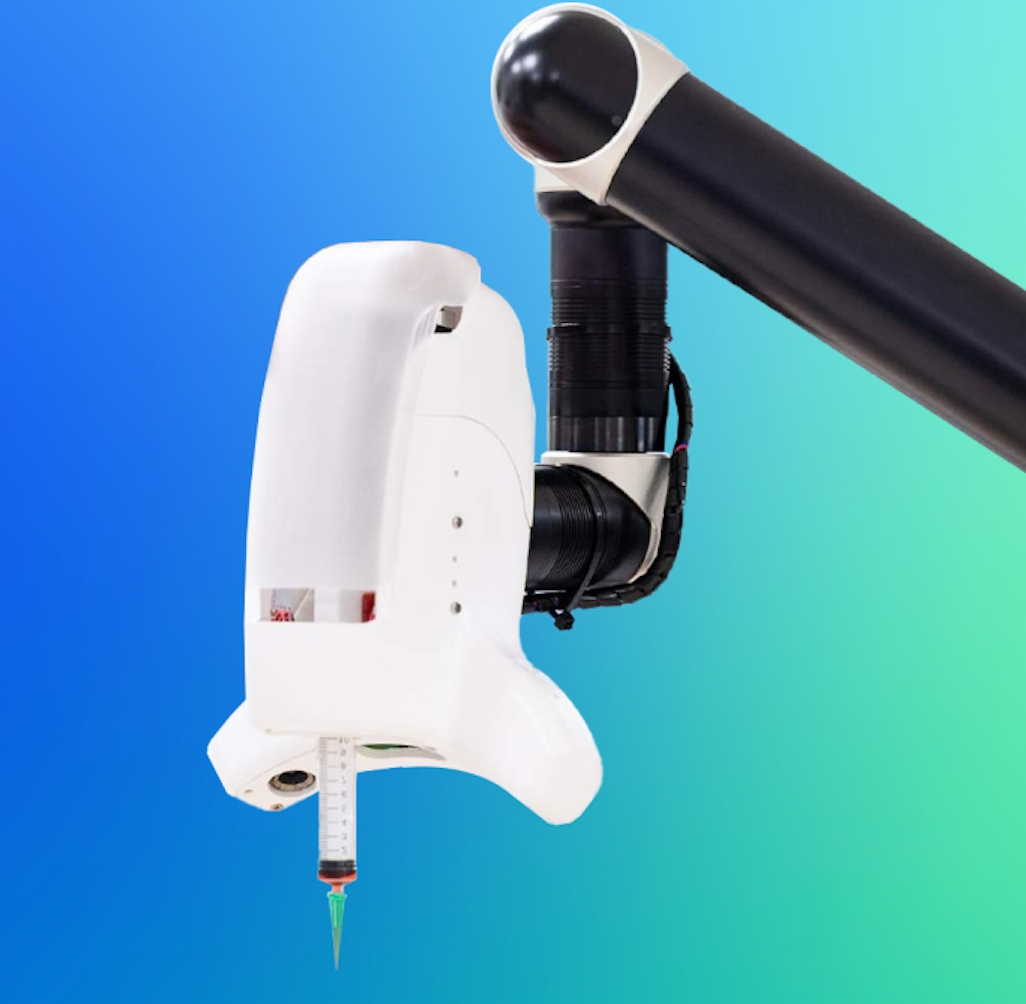Catalog
Equipment
2245 products
View:
- Selected: 0Applying
- Selected: 0Names
- Selected: 0Manufacturer
- Selected: 0Made in
- Selected: 0Additional
View:
2245 products
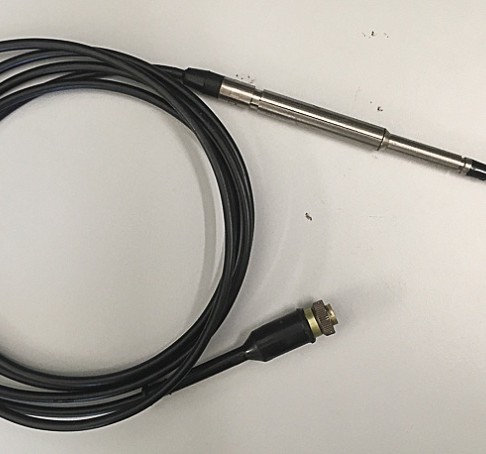
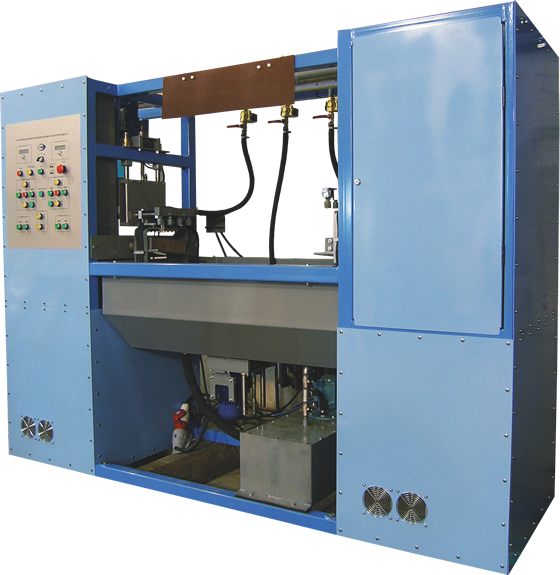
Magnetic powder stationary installation MDS-09
1 supp.
NPK LUCH
Balashikha
Produced in: Balashikha, Moscow region
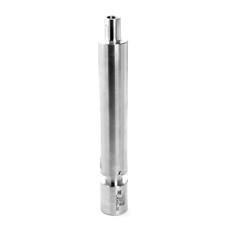
Raid Bomb BR-01T
The ratio of volumes of air and liquid chambers within 3.95 4.05.
Overall dimensions 57x400 mm
Weight 2 kg
Termeks
Tomsk
Produced in: Tomsk
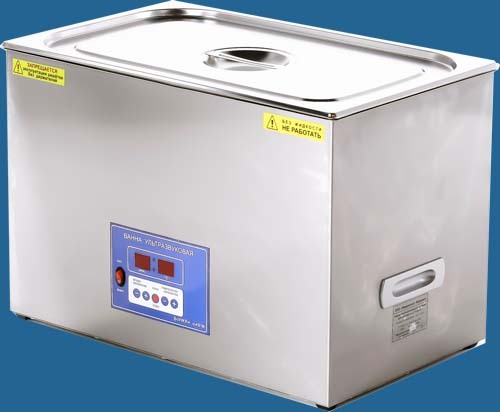
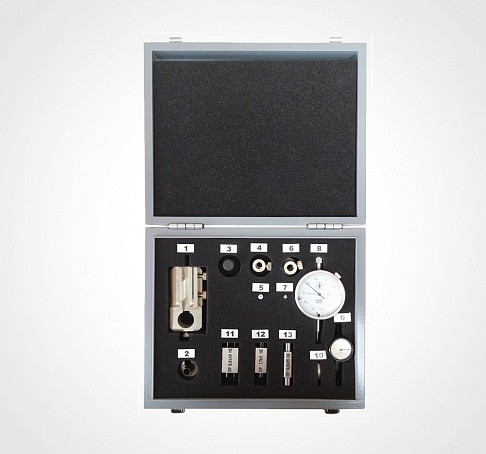
Kit for measuring coaxial connectors KISK-7M
from
178 000 ₽
VNIIFTRI
Mendeleevo
Produced in: Mendeleevo, Moscow region
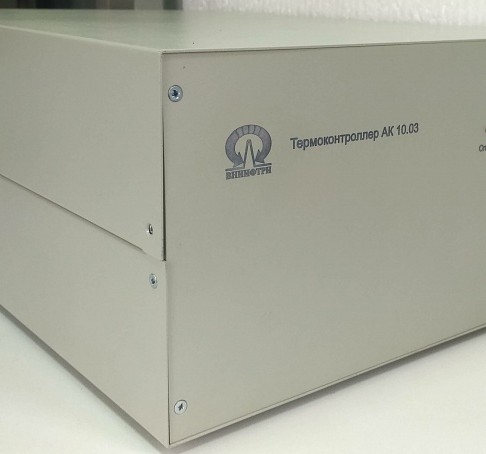
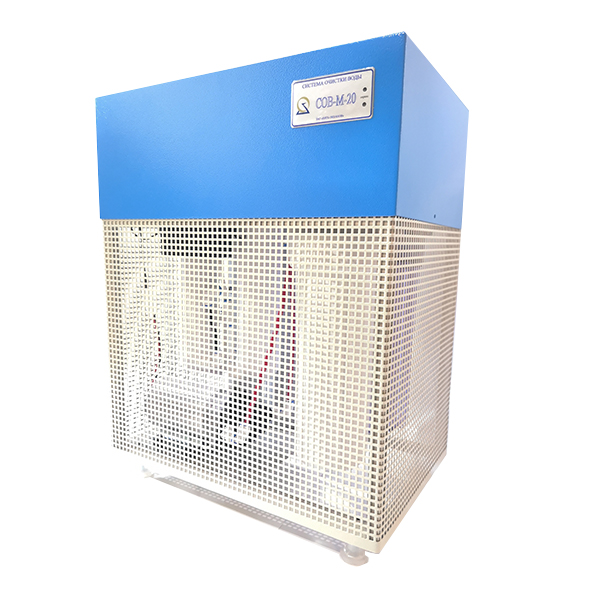
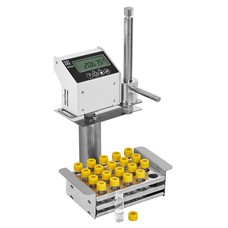
The set for cryoscopic determination of the molecular weight of CRYON-1
The CRYON-1 unit is ideally suitable for measuring the molecular weight of separated oils by cryoscopy in benzene in accordance with OST 153-39.2-048-2003.
• Solvent crystallization temperature range -15...+15 °C
Overall dimensions 140x160x300 mm
Weight 4 kg
Power consumption 50 W
Termeks
Tomsk
Produced in: Tomsk
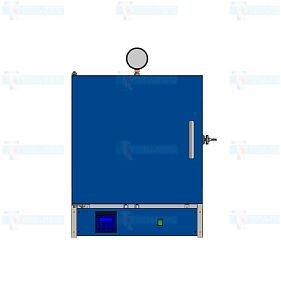
Vacuum drying cabinet with manual control SNVS-65/5
from
553 058 ₽
The SNVS-65/5 vacuum drying cabinet with a volume of 65 liters with manual vacuum adjustment is designed for heat treatment of materials at temperatures up to 500 with air access and in a vacuum controlled by manual valves. Thanks to modern temperature control, it demonstrates excellent performance of heat treatment modes. The measurement system complies with Russian standards and has certificates of entry into the SI State Register. Design for heat treatment in production and clean laboratories. The cabinet can be equipped with a software control device with an automatic timer and a wide selection of additional options.
Tula-Term
Tula
Produced in: Tula
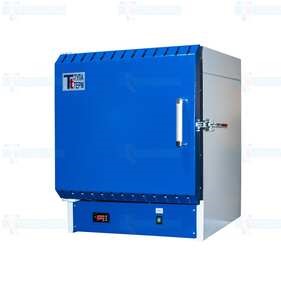
Laboratory electric furnace CHO-10
from
153 403 ₽
Designation
SNO-10
Volume, l
10
The material of the working chamber
is ceramic
Heating
4 sides
Power consumption, W, max
4500
Minimum operating temperature, 0C
100
Tula-Term
Tula
Produced in: Tula
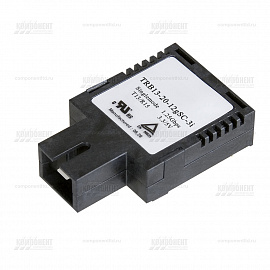
Optical Transceiver/WDM Gigabit Ethernet/Fiber сhannel (1250 Mbps)
from
4 951 ₽
Optical transceivers are available in 9-pin plastic cases with a combined optical input/output for SC type connectors.
FTI-Optronik
Saint Petersburg
Produced in: Saint Petersburg

pH-metrMARK® 902 / MARK® 902A
Measurement of the activity of hydrogen ions (pH, pH25), EMF and temperature of aqueous media.
Control of water-chemical regimes at thermal and nuclear power facilities.
pH control of aqueous media in technological processes.Two channels |
Freely programmable measurement ranges.
The possibility of independent measurements at two points.
Convenience and accuracy of measurement, minimum maintenance |
Automatic thermal compensation.
Calibration according to standard buffer solutions with their automatic determination.
"Active" sensor unit |
The digital communication channel of the sensor with the converter unit is up to 100 meters.
Communication with external devices |
Galvanically isolated current outputs 0-5/4-20/0-20 Ma.
RS 485 port. MODBUS RTU exchange protocol.
Programmable setpoints with a "dry contact" type output.
Durable aluminum housing IP65 |
The device is reliably protected from dust and moisture.
Graphic indicator with backlight |
Convenient data presentation format and ease of settings
VZOR
Nizhny Novgorod
Produced in: Nizhny Novgorod
